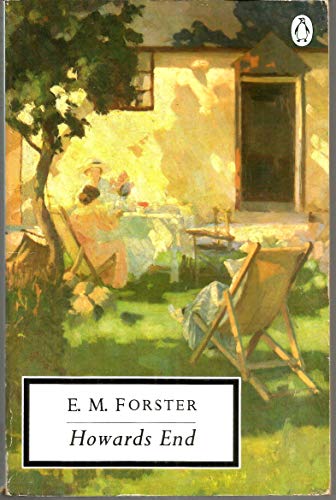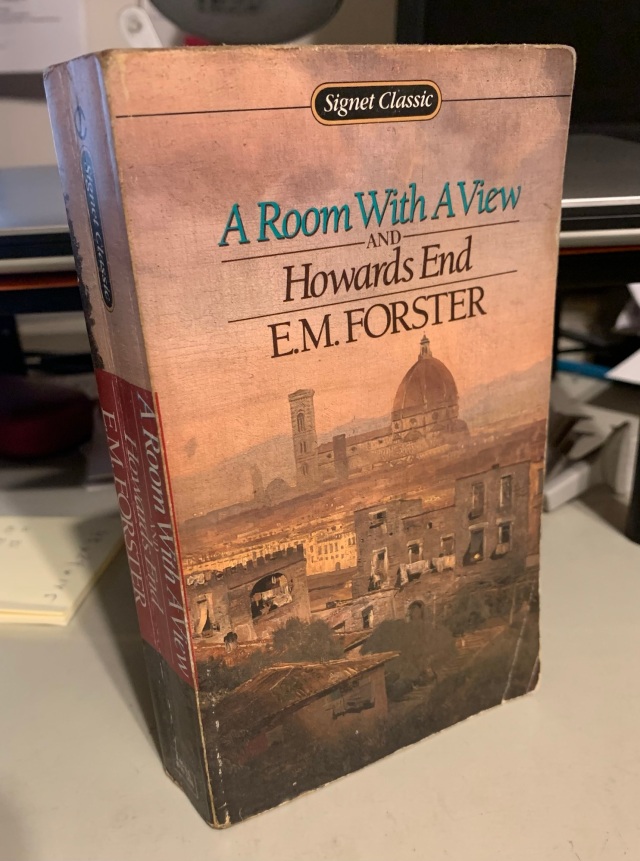
Earlier in the week, I shared a post with my list of books for the newest Classics Club Spin challenge (see it here), and a few days ago, this spin’s number was announced. (For those keeping track, it’s CC Spin #37, and for me personally, #9!)
Hosted by The Classics Club blog, the Classics Club Spin is a reading adventure where participants come up with a list of classics they’d like to read, number them 1 to 20, and then read the book that corresponds to the “spin” number that comes up.
For CCSpin #37, the lucky number is:
And that means I’ll be reading:
Howards End by E. M. Forster (published 1910)
Synopsis:
‘Only connect…’
Considered by many to be E. M. Forster’s greatest novel, Howards End is a beautifully subtle tale of two very different families brought together by an unusual event. The Schlegels are intellectuals, devotees of art and literature. The Wilcoxes are practical and materialistic, leading lives of “telegrams and anger.” When the elder Mrs. Wilcox dies and her family discovers she has left their country home—Howards End—to one of the Schlegel sisters, a crisis between the two families is precipitated that takes years to resolve. Written in 1910, Howards End is a symbolic exploration of the social, economic, and intellectual forces at work in England in the years preceding World War I, a time when vast social changes were occurring. In the Schlegels and the Wilcoxes, Forster perfectly embodies the competing idealism and materialism of the upper classes, while the conflict over the ownership of Howards End represents the struggle for possession of the country’s future. As critic Lionel Trilling once noted, the novel asks, “Who shall inherit England?”
Forster refuses to take sides in this conflict. Instead he poses one of the book’s central questions: In a changing modern society, what should be the relation between the inner and outer life, between the world of the intellect and the world of business? Can they ever, as Forster urges, “only connect”?
I think I was hoping for one of the lighter books on my list, but I’m still pleased with this spin result. Howards End has been on my to-read list for a very long time — in fact, I have a paperback 2-in-1 edition bundled with A Room with a View (which I’ve read), and I think I must have picked it up over 20 years ago!
I also really enjoyed the TV mini-series (2017) with Hayley Atwell and Matthew Macfadyen, and that heightened my interest in eventually reading the book. Well, the time has come! I have a copy in my Kindle library (approx. 300 pages), and the book is also available via Serial Reader (40 issues), so either way, I shouldn’t have a problem finishing by the spin end date, June 2nd.
What do you think of my newest spin result?
Here’s my list of 20 titles for Classics Club Spin #37:
- Frenchman’s Creek by Daphne DuMaurier
- The Ghost and Mrs. Muir by R. A. Dick
- An Old-Fashioned Girl by Louisa May Alcott
- Dracula by Bram Stoker
- Peony by Pearl Buck
- White Fang by Jack London
- Black Beauty by Anna Sewell
- Howards End by E. M. Forster
- The Mysterious Affair at Styles by Agatha Christie
- I Capture the Castle by Dodie Smith
- The Hobbit by J. R. R. Tolkien
- In Cold Blood by Truman Capote
- Tevye the Dairyman and Motl the Cantor’s Son by Sholom Aleichem
- The Painted Veil by W. Somerset Maugham
- Frankenstein by Mary Shelley
- The Grapes of Wrath by John Steinbeck
- The Sound of Waves by Yukio Mishima
- The Mayor of Casterbridge by Thomas Hardy
- The Left Hand of Darkness by Ursula K. Le Guin
- My Brilliant Career by Miles Franklin
My previous Classics Club Spin books:



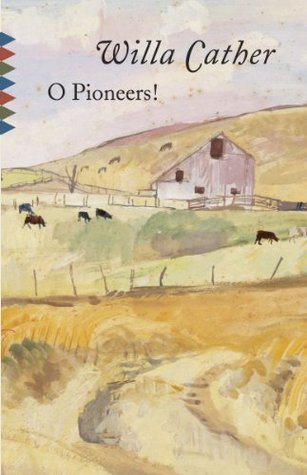
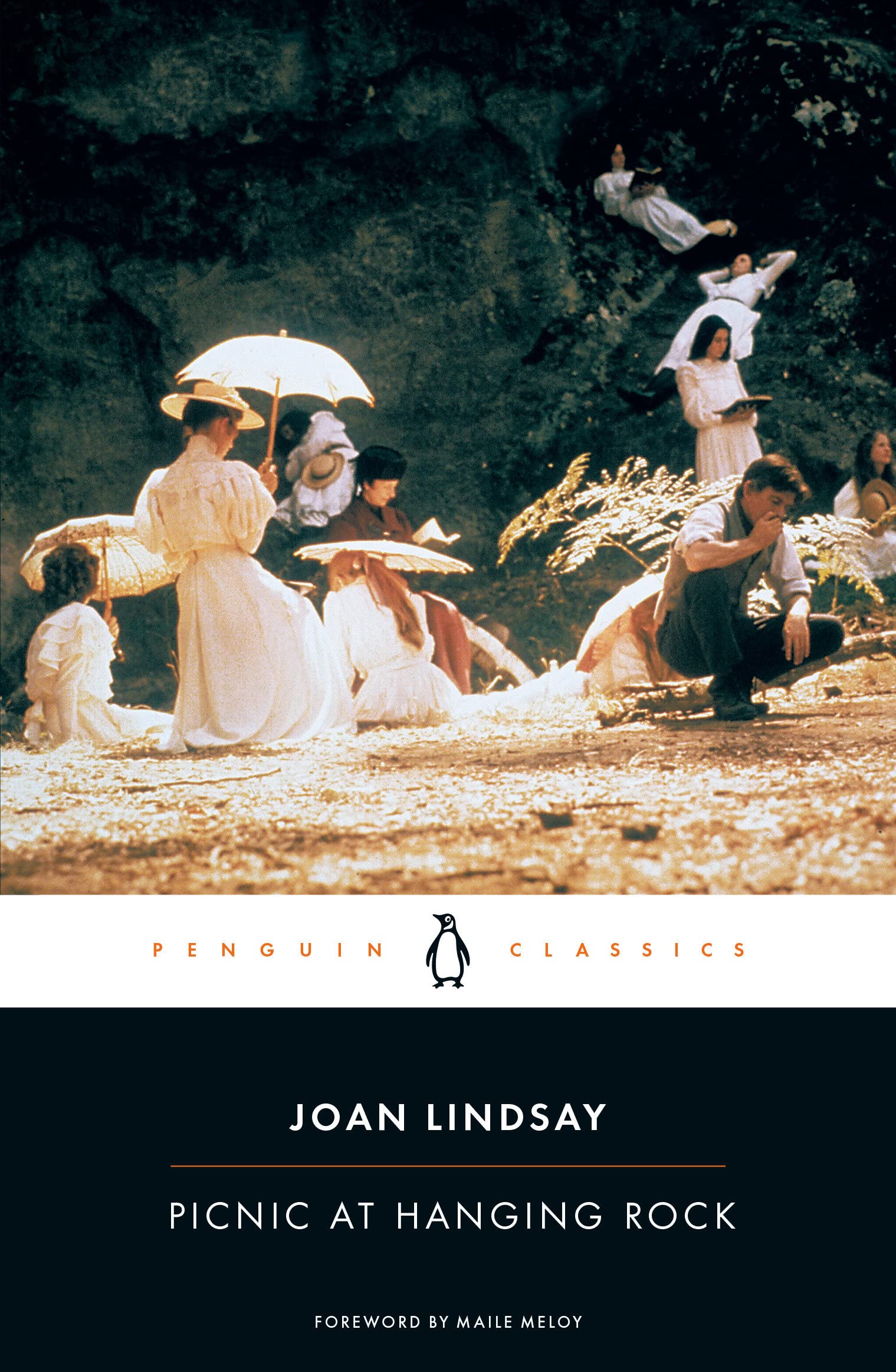

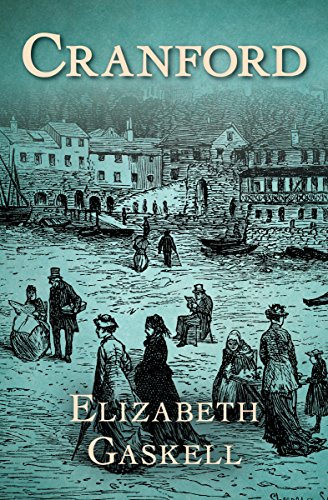
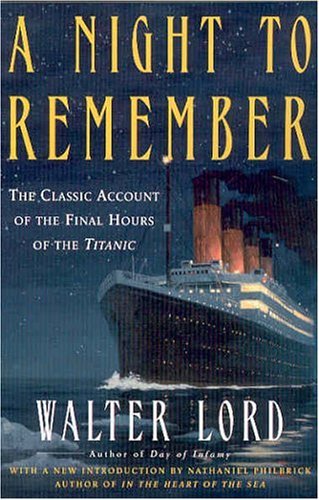
Are you participating in this Classics Club Spin? If so, what book will you be reading?


